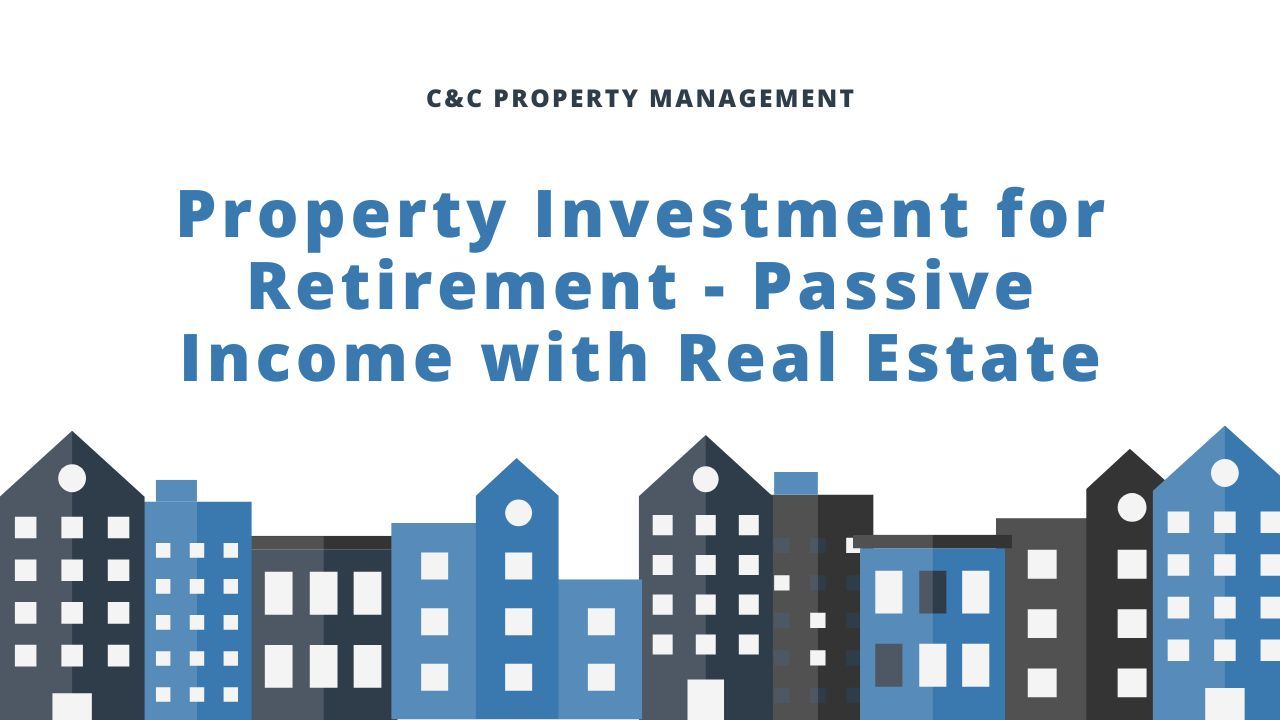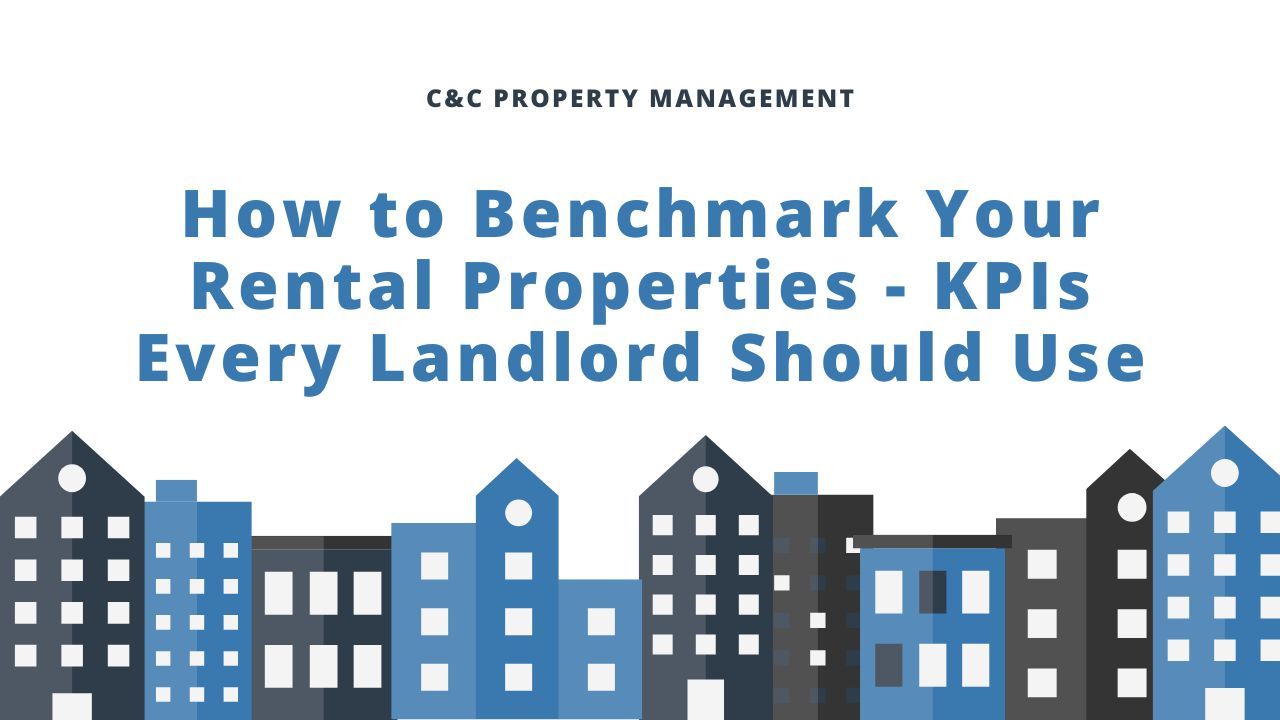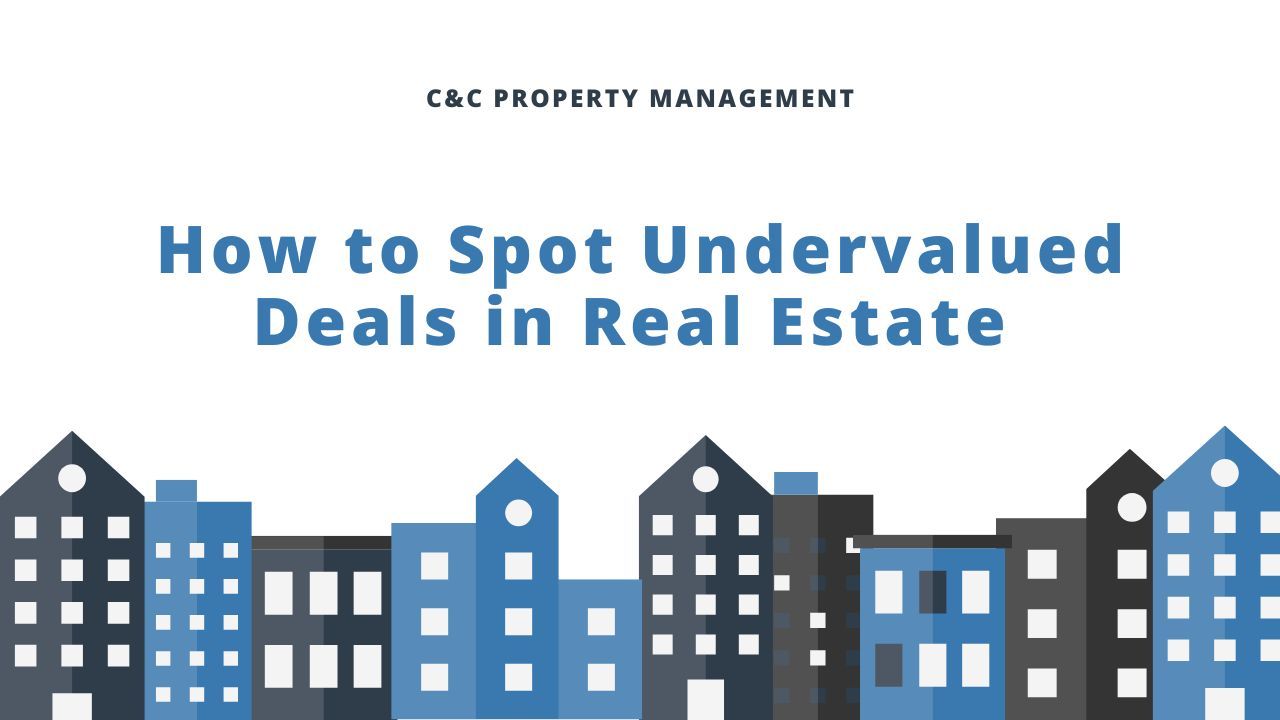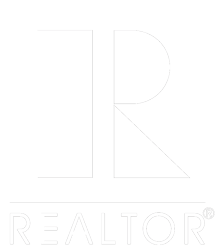How to Transition from Accidental Landlord to Active Investor
Key Takeaways
- Shift from Reactive to Strategic Management: Accidental landlords often handle issues as they come, but active investors plan ahead to grow their portfolio.
- Build Systems for Long-Term Success: Strong systems for maintenance, tenant communication, and rent collection help you scale efficiently and turn a single rental into a sustainable investment business.
- Focus on Education and Partnership: Understanding landlord laws, improving your property, and partnering with experts like C&C Property Management can help you maximize returns and confidently transition into active investing.
For many people, becoming a landlord wasn’t part of the plan, it just happened. Some inherited a property after a loved one passed away, others moved to a new city but chose to keep their old home, and some found themselves renting out a property due to changing life circumstances.
But regardless of the reason, every landlord in this position eventually faces an important decision, whether to remain an accidental landlord or take the next step toward becoming an active real estate investor.
An accidental landlord is someone who became a landlord unexpectedly, without initially setting out to invest in property.
For many, the goal may be to simply hold onto a single rental home. But for others, the experience of managing a property reveals the long-term potential of real estate as a path to financial freedom.
These are the landlords who decide to make the shift from passive ownership to intentional investing. If you’re one of those accidental landlords considering this transition but aren’t sure where to start, you’re in the right place.
In this guide from C&C Property Management, we’ll explore the key differences between an accidental landlord and an active investor and outline practical steps to help you successfully make the move from one to the other.
The Difference Between Accidental Landlords and Active Investor
What separates an accidental landlord from an active investor? It often comes down to mindset, strategy, and long-term goals.
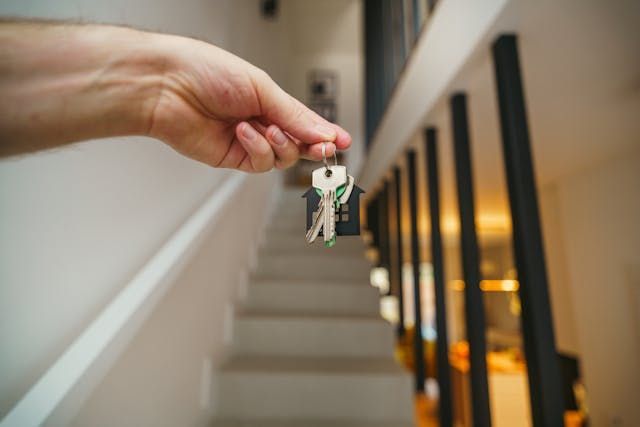
Accidental landlords tend to operate reactively. Since they didn’t plan to enter the rental market, property management often feels like an obligation rather than a business. They handle problems as they come, which can lead to stress, unstable cash flow, and missed opportunities.
Active investors, however, approach real estate with purpose. They track income and expenses, monitor key metrics like ROI and vacancy rates, and look for ways to grow their property’s value through smart upgrades or portfolio expansion.
Where an accidental landlord sees a burden, an active investor sees potential. The difference isn’t luck, its strategy, education, and systems that lead to consistent, sustainable success.
Tips for Transitioning from Accidental Landlord to Active Investor
Here are some key tips to help you shift from being an accidental landlord to becoming a confident, goal-driven real estate investor:
Understand the Regulatory and Tax Environment
Rental properties are one of the most regulated sectors in business because of the importance of housing as a basic human need.
To avoid honest mistakes that can land you in legal hot water with the authorities or expose you to lawsuits from tenants, it is vital to understand your area’s landlord-tenant laws. Tax laws are another area you must pay close attention to.
Create a Comprehensive and Legally-Binding Lease Agreement
The lease agreement establishes the basis for your relationship with tenants. It is your most important instrument for protecting your property. This document must be comprehensive.

You also need tenant onboarding processes that let you discuss the terms of the lease with new tenants, as well as strategies for ensuring that the lease terms are respected.
Create Systems That Support Growth
Effective systems let you manage ten rental properties in the same way that you would manage one. Without robust systems, managing more than one rental property is a huge challenge.
Systems are tools and processes that automate repetitive tasks in your rental. They cover things like rent reminders, payment monitoring,
tenant communication, property inspection and lease renewal notices, and lots more.
Focus on Tenant Retention and Low Vacancy Rates
It costs more money to find new tenants than it does to get an existing tenant to renew their lease. Yes, you want to be able to quickly find quality tenants for your property.
But ultimately, you want to make your tenants so happy that they have no reason to leave. Timely and thorough responses to maintenance requests and preventive maintenance are some of the ways you can achieve this.
Sharpen Your Tenant Screening Processes
This may be your most important tool for maintaining a low vacancy rate. Invest effort to do proper background checks before you lease to a prospective tenant.

Quality renters won’t trash your property or delay and default on the rent, so you never have to terminate the lease or evict them. Even if you have to pay a third party to screen potential tenants, it will be money well spent.
Upgrade Your Property to Attract Renters
You can charge a higher rent if your property is more appealing to renters. This is more about little touches than costly upgrades; things like adding a modern front entryway, a deep double-bowl sink, a new coat of interior and exterior paint, a smart thermostat, or energy-efficient lighting.
These things don’t cost a lot of money, but they can have a huge impact on your
rental income.
Optimize Rental Income and Minimize Expenses
Make sure you are charging a competitive rent. Check what similar homes in the area are charging and be sure you are not overcharging or undercharging. Reducing your rent minimally can help you
attract tenants if you are struggling to fill the unit. At the same time, look for opportunities to reduce your rental expenses.
Bottom Line
Success in real estate comes down to continuous learning and improvement. Keep investing in yourself, read books, attend seminars, join investor communities, and stay informed about market trends.
The more knowledge you gain, the faster you’ll sharpen your strategy and reach your investment goals.
If you’re ready to take your rental property to the next level, partner with C&C Property Management today, and get the support you need to grow your investment with confidence.
